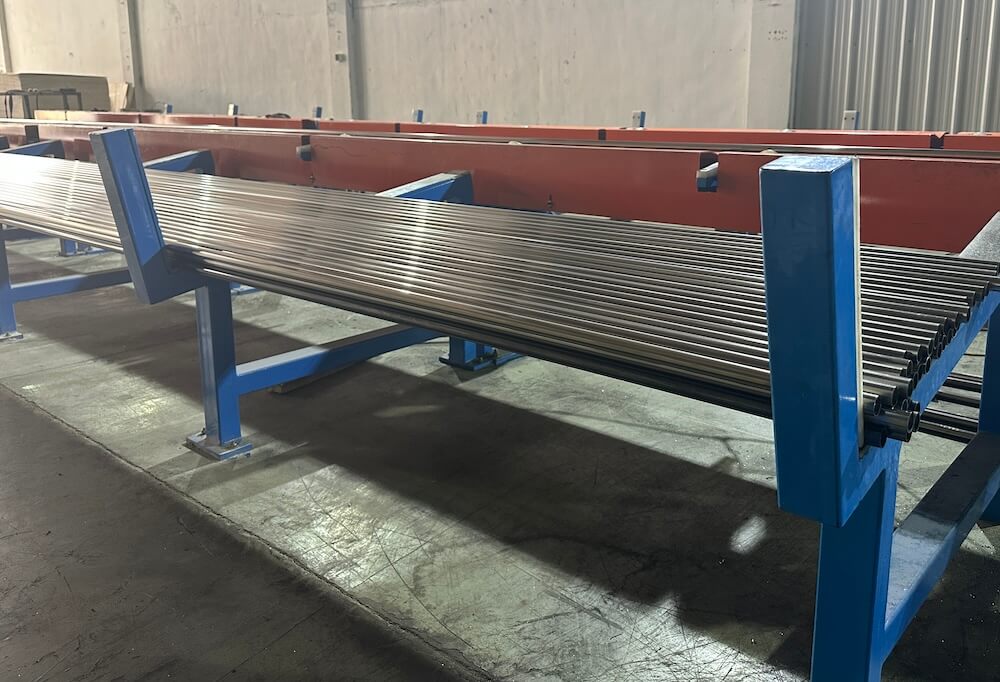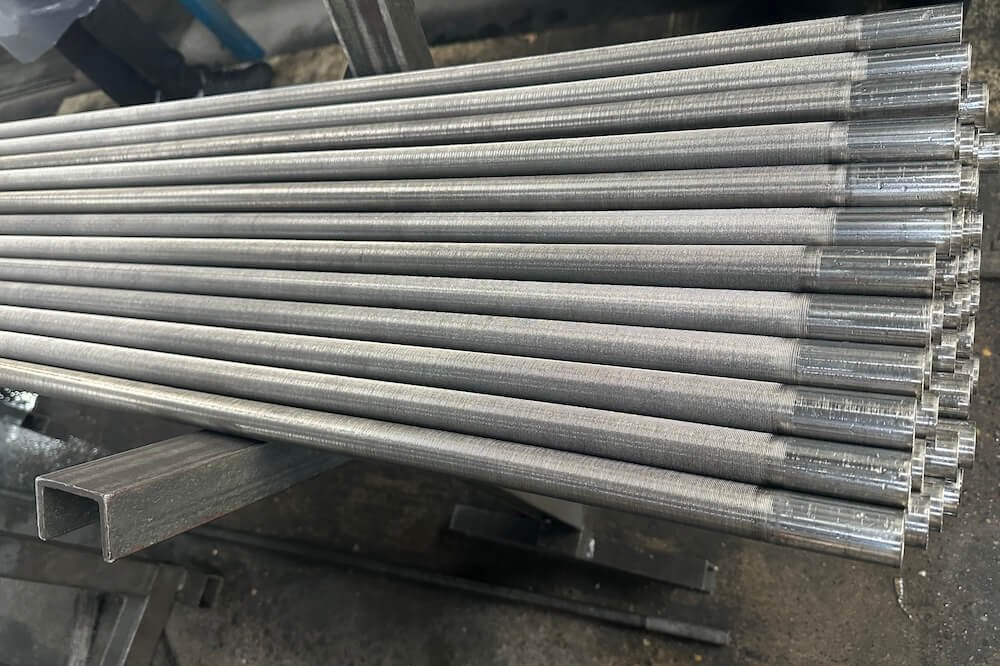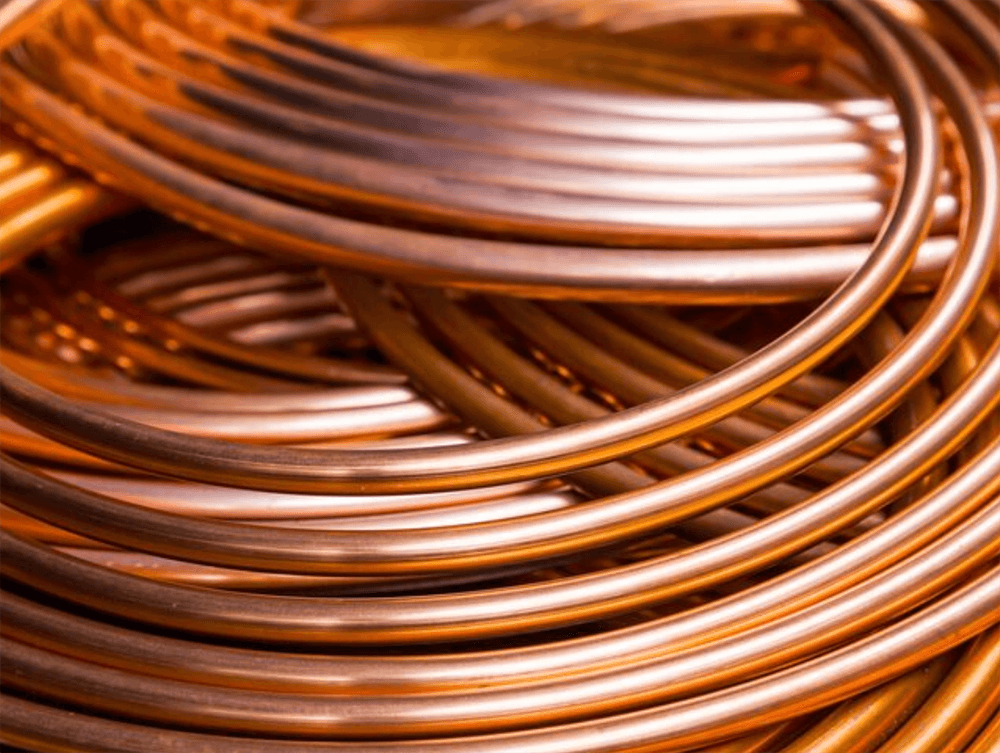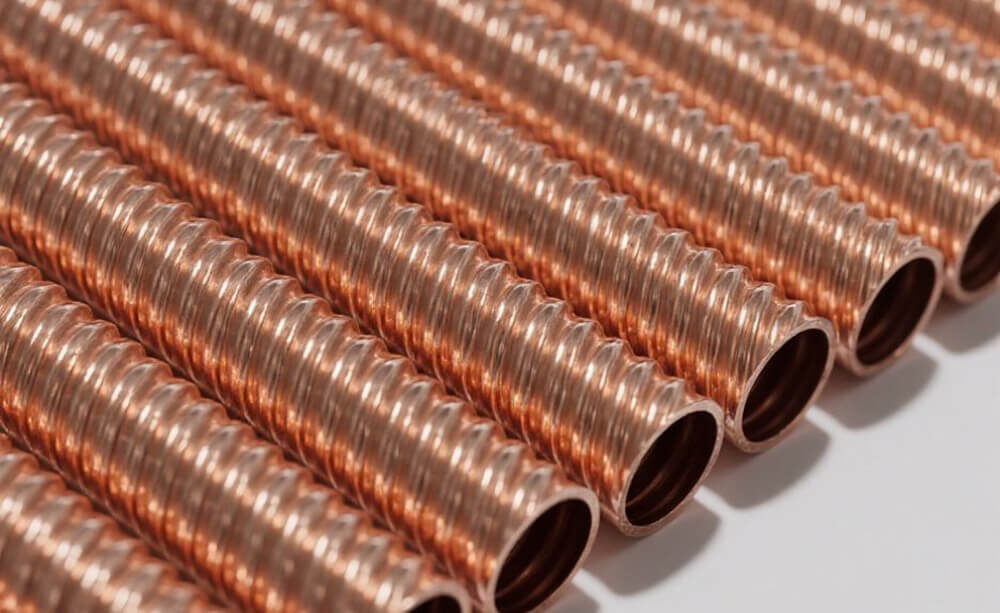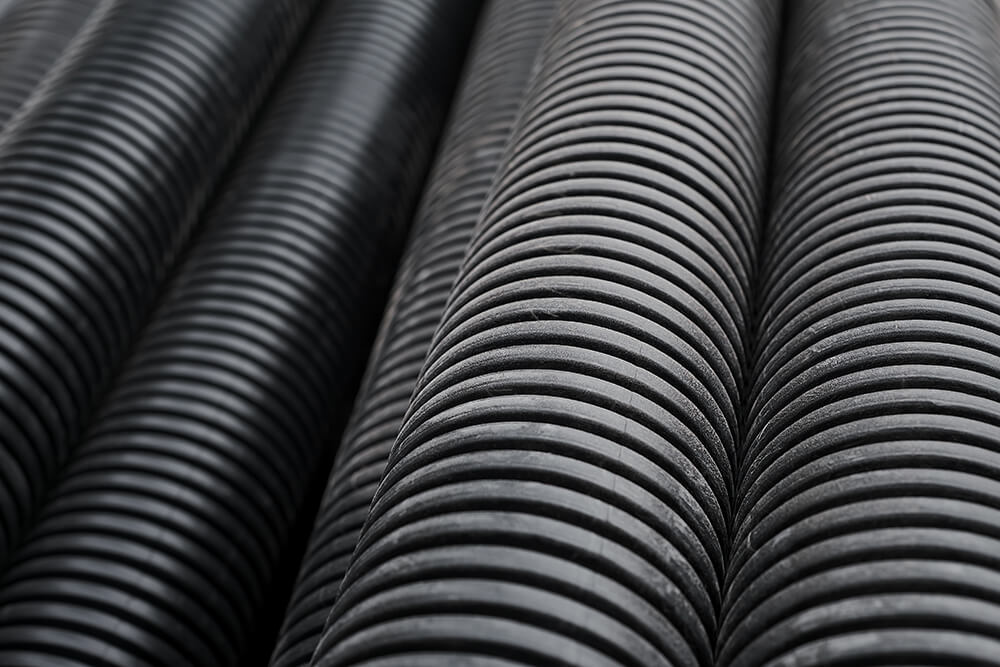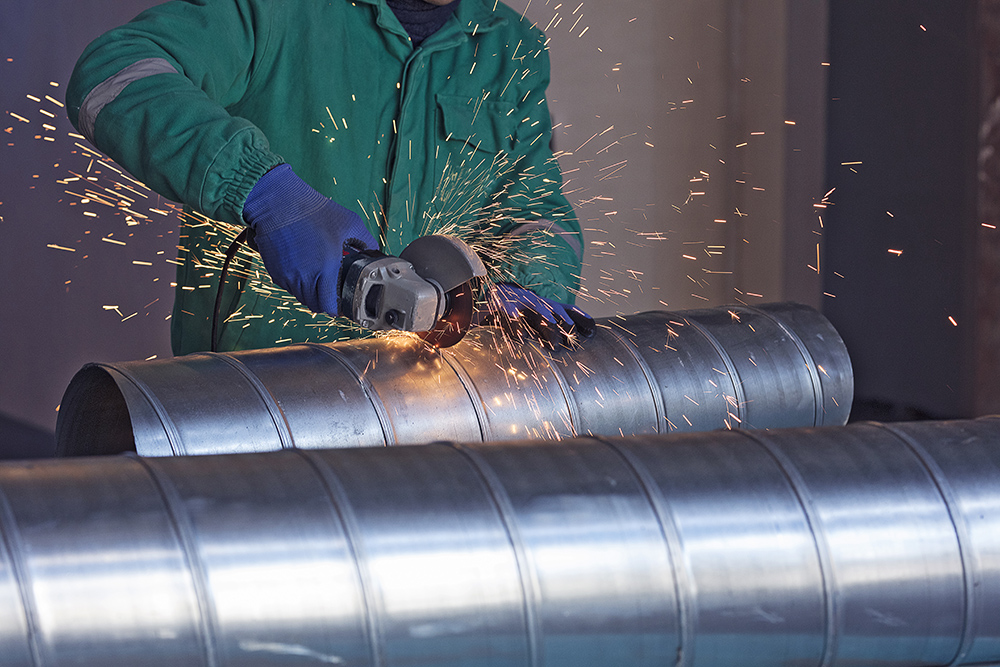When it comes to heat exchange systems, choosing the right materials can make or break your efficiency, cost-effectiveness, and durability. Carbon steel fin tubes are a game-changer, offering a perfect balance of performance and reliability. In this article, we’ll explore why these fin tubes have become a preferred choice in industries ranging from HVAC to petrochemical processing. Whether you’re designing a new system or upgrading an old one, this guide will help you understand their advantages and practical applications.
What Are Carbon Steel Fin Tubes?
Carbon steel fin tubes are heat transfer devices designed to enhance thermal performance. They consist of a carbon steel base tube with external fins attached, typically made of the same material or compatible metals. The fins increase the surface area for heat transfer, allowing these tubes to efficiently manage temperature changes in various applications.
Why Choose Carbon Steel?
Carbon steel stands out as an ideal material for fin tubes due to its unique properties:
- Strength and Durability: Carbon steel is robust and resistant to mechanical stress, making it ideal for high-pressure and high-temperature environments.
- Cost-Effectiveness: Compared to stainless steel or exotic alloys, carbon steel offers similar functionality at a fraction of the cost.
- Thermal Conductivity: While not as high as copper or aluminum, carbon steel provides adequate thermal conductivity for most industrial applications.
- Corrosion Resistance with Coatings: While carbon steel may be prone to corrosion in certain environments, modern coatings and treatments significantly extend its lifespan.
- Versatility: From boilers and economizers to air-cooled heat exchangers, carbon steel fin tubes can handle diverse applications.
Industries That Rely on Carbon Steel Fin Tubes
Carbon steel fin tubes are widely used in industries that demand efficiency and reliability:
- HVAC Systems: For heating and cooling applications, carbon steel fin tubes provide robust performance under varying temperatures.
- Petrochemical Plants: They handle high-pressure steam and corrosive fluids with ease, especially when treated with anti-corrosion coatings.
- Power Generation: Carbon steel fin tubes are essential in economizers and waste heat recovery units, maximizing energy efficiency.
- Industrial Boilers: Their ability to withstand extreme heat and pressure makes them indispensable.
Key Advantages of Carbon Steel Fin Tubes Over Alternatives
- Durability Under High Stress: Carbon steel can withstand extreme thermal cycles and mechanical stress better than many materials, reducing the risk of failure in demanding environments.
- Ease of Customization: These tubes can be fabricated to precise specifications, allowing engineers to optimize them for specific applications.
- Lower Maintenance Costs: With proper coatings, carbon steel fin tubes resist wear and corrosion, minimizing maintenance and downtime.
- Eco-Friendly Option: Since carbon steel is recyclable, it’s a more sustainable choice compared to other materials.
Challenges and Solutions
No material is perfect, and carbon steel fin tubes have their challenges. The primary issue is susceptibility to corrosion in humid or chemically aggressive environments. Here’s how you can mitigate this:
- Protective Coatings: Use advanced coatings like epoxy or hot-dip galvanization to shield the steel from moisture and corrosive agents.
- Regular Maintenance: Periodic cleaning and inspection help prevent buildup and corrosion, extending the tubes’ life.
- Choose the Right Grade: Different grades of carbon steel offer varying levels of corrosion resistance and strength. Work with your supplier to select the best option for your needs.
How to Choose the Right Carbon Steel Fin Tubes for Your Application
To get the best performance from carbon steel fin tubes, consider these factors:
- Operating Conditions: Evaluate the temperature, pressure, and environmental conditions to select the right grade and coating.
- Fin Design: The fin’s height, thickness, and spacing play a crucial role in heat transfer efficiency.
- Tube Dimensions: Ensure the base tube’s diameter and wall thickness align with your system’s requirements.
- Supplier Reputation: Work with trusted manufacturers who provide quality materials and proper certifications.
Future Trends in Carbon Steel Fin Tubes
The industry is evolving, with new innovations driving better performance. Advanced coatings, laser-welded fins, and hybrid designs are just a few trends shaping the future. As sustainability becomes a priority, carbon steel fin tubes are increasingly being integrated into energy-efficient systems, reducing waste and maximizing resource utilization.
Final Thoughts
Carbon steel fin tubes are a cornerstone of efficient heat exchange in many industries. Their affordability, strength, and versatility make them an excellent choice for a wide range of applications. While they come with challenges like corrosion susceptibility, modern solutions like protective coatings and regular maintenance can easily address these issues.
If you’re looking for a cost-effective, durable, and customizable solution for heat transfer, carbon steel fin tubes should be at the top of your list. They provide long-lasting performance while balancing budgetary constraints, making them a smart investment for any operation.
By choosing the right materials and working with reputable suppliers, you can optimize your heat exchange systems for years of reliable performance.

